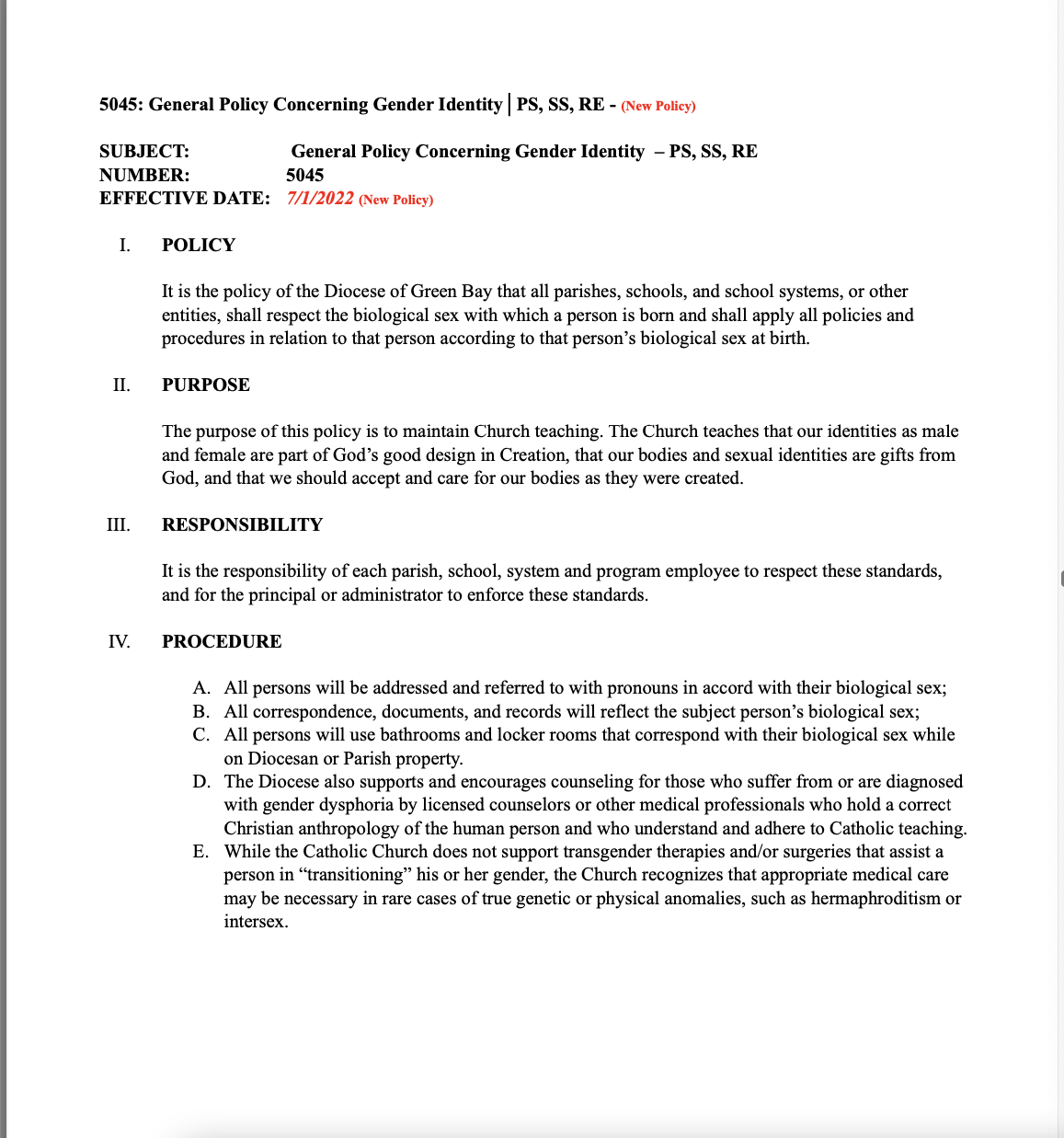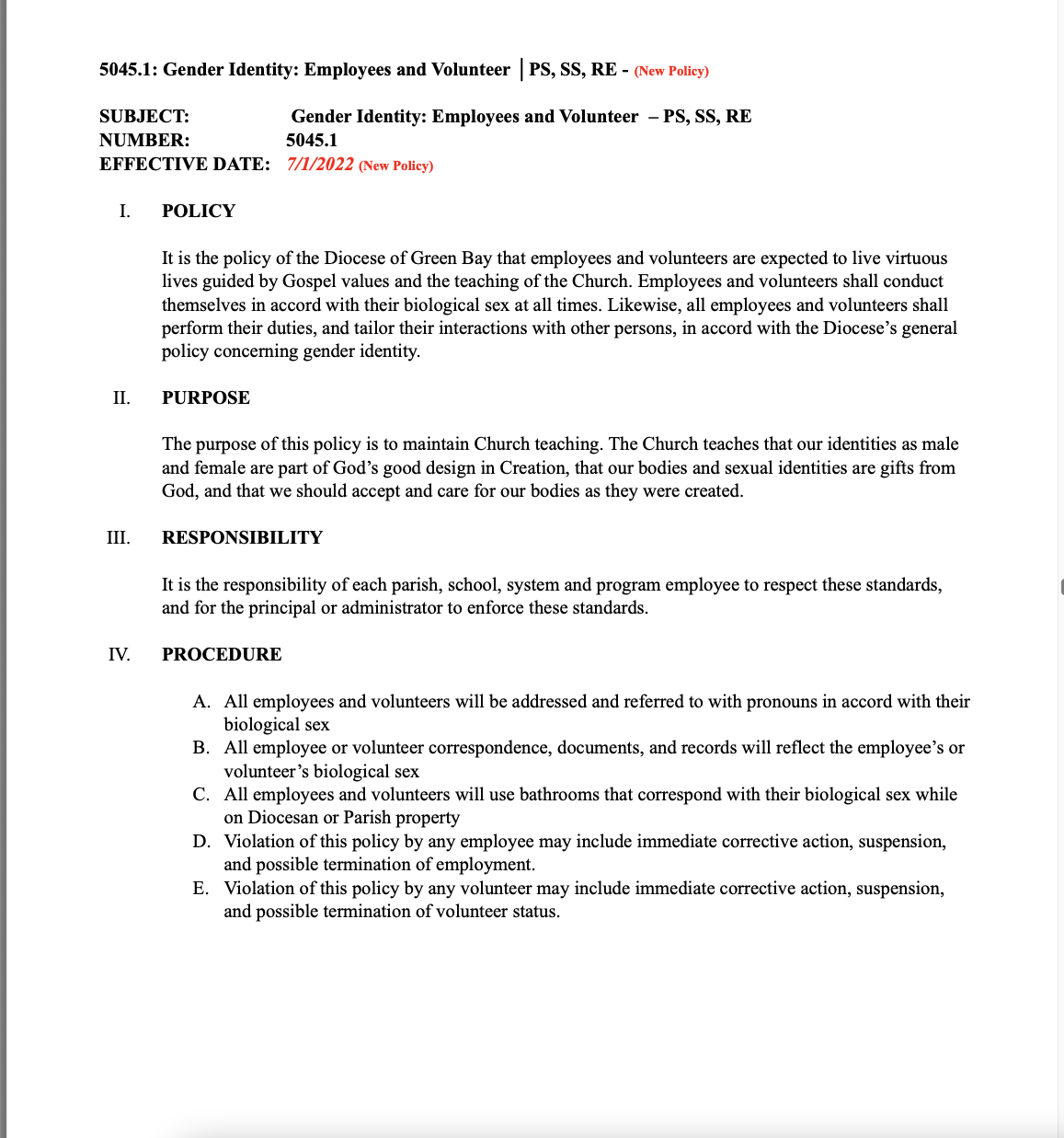Those who derisively labeled psychotherapist Stella 0’Malley a “conversion therapist” are facing hard questions now that the U.K.’s Youth Gender Identity Clinic, The Tavistock, has been closed down. O’Malley favors Gender Exploratory Therapy and not the narrow-minded gender affirmative model, the narrow model heavily criticized by the independent Cass Review, resulting in the shuttering of The Tavistock.
For someone like me, who has worked as a psychotherapist for many years, trying to explain why conventional talk therapy approach is more useful than blind affirmation is like trying to explain that water is wet. I get the splutters. For example, if a client seeks therapy for their fear of flying, I wouldn’t mindlessly nod along as he tells me that he should avoid all aeroplanes, and nor would I actively help him to try to remove aeroplanes out of the sky for fear that it might be triggering for him. Empathy comes very easily to me and I think my empathy is the trait that I value most in my psychotherapeutic work. So if a client had a fear of flying, I would gently engage in a collaborative therapeutic process that would work through the inner workings of his psyche. It is through reflective dialogue that helps the client to make their own decisions and this is why exploratory therapy is pretty much a fundamental aspect of every therapeutic approach – other than the affirmative approach. The gender affirmative care model is an experimental approach to gender identity that has only been in existence since 2012. The Cass Review has recently described this approach as “not a safe or viable long-term option” for children. Gender affirmative therapy has been described as the “nodding-dog approach” where therapists act only as facilitators, without offering any exploratory thought or thought-provoking analysis, or encouraging the individual to consider their unconscious motivations. The gender affirmative approach is child-led rather than child-centered and promotes early and aggressive medical intervention for children. Advocates for this approach tell us that children between one and two years old can give a “pre-verbal communication” about gender. There are four stages to this approach: first the child socially transitions whenever they want, which entails a name change, a pronoun change and going to different toilets. Then puberty blockers are offered when the child reaches puberty. After that, cross-sex hormones are offered, and then finally when they’re an adult, surgery is offered.
Read the Whole Thing
Companion Posts
+++




